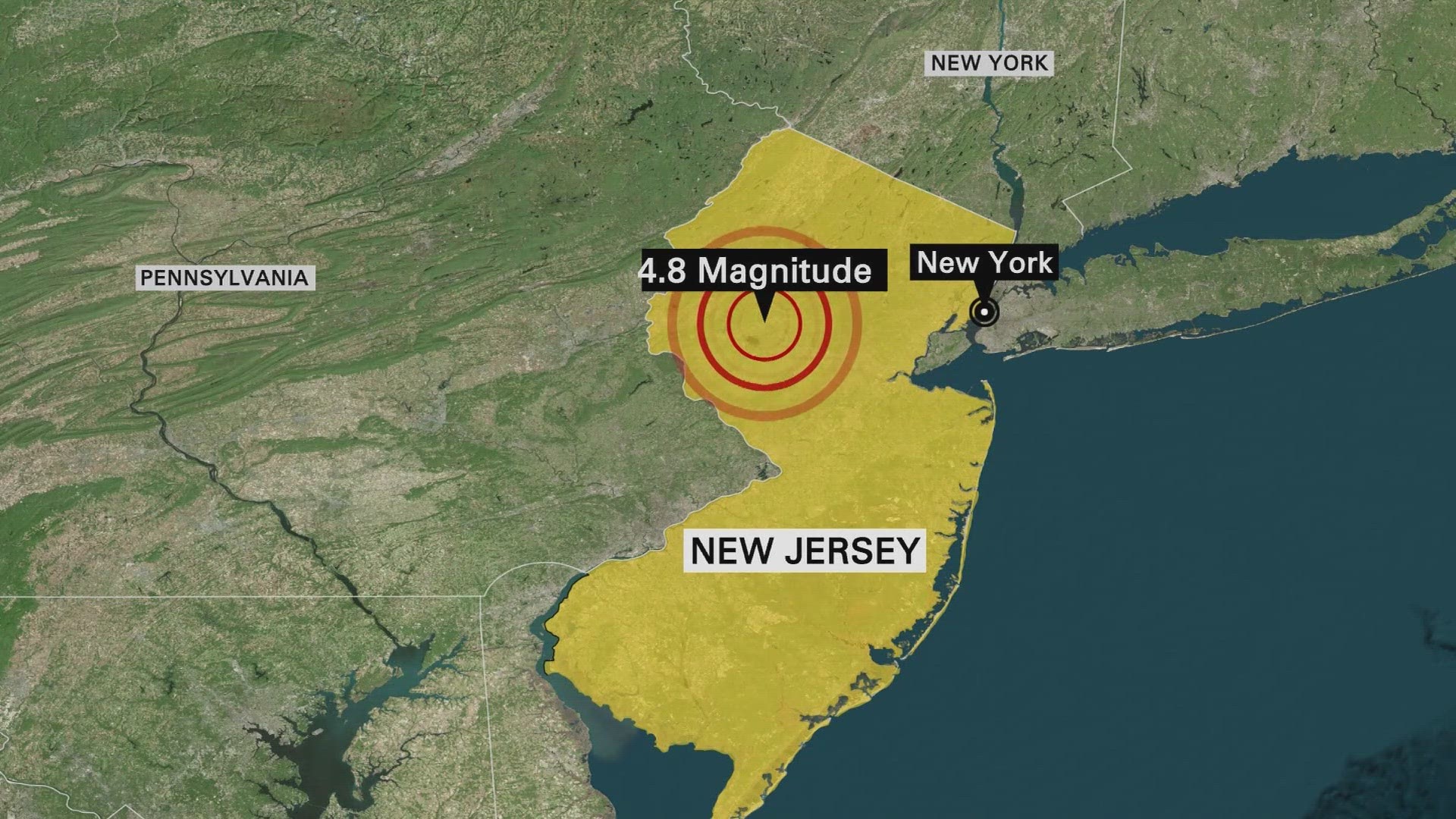On Friday morning, an earthquake measuring 4.8 on the Richter scale struck the East Coast of the United States, originating near Lebanon, New Jersey. The temblor considered the most powerful in the Northeast in over a decade, sent tremors across the region, from Maryland to Maine. A subsequent aftershock, registering at magnitude 4.0, added to the unease later in the day.

Impact of the Earthquake and Immediate Response
While the earthquake did not result in major destruction or fatalities, it prompted swift responses from local and regional authorities. Building inspections were launched to ensure the structural integrity of buildings, bridges, and other infrastructure in the affected areas. Officials, including New York Governor Kathy Hochul and New York City Mayor Eric Adams, reassured the public, urging them to continue with their daily routines despite the seismic event.
Flight Delays and Service Suspensions
The earthquake also disrupted transportation networks, with temporary ground stops issued at Newark Liberty International Airport and John F. Kennedy International Airport. Flight disruptions persisted throughout the day, impacting air travel. Additionally, the Port Authority Transit Corp. suspended its service, and train lines underwent inspections for safety concerns. New Jersey Transit riders experienced delays due to bridge inspections following the earthquake, further adding to the transportation disruptions.
What Did the Experts Say?
The earthquake, originating on a shallow fault system in New Jersey, lasted approximately 35 seconds and originated at a depth of less than 3 miles. Experts highlighted the unique characteristics of earthquakes on the East Coast, which can be felt over greater distances and produce more pronounced shaking compared to those on the West Coast. The geological composition of older, denser rocks in the region contributes to the transmission of seismic energy, amplifying the effects of earthquakes.
Frederik J. Simons, a geosciences professor at Princeton University, explained that the earthquake occurred within the Ramapo fault system, a zone containing ancient faults and cracks. He emphasized the slow accumulation of stress over time, occasionally resulting in seismic activity. Despite the infrequency of significant earthquakes in the region, Friday’s event underscored the potential impact of seismic events on the densely populated East Coast.

Reflecting on Unusual Seismic Activity
The earthquake on the East Coast served as a reminder of the unpredictability of natural disasters, even in regions less prone to seismic activity. Videos capturing the moment of the earthquake circulated on social media, highlighting the sudden disruption and widespread impact. While unrelated to recent seismic events elsewhere, the earthquake prompted reflection on preparedness and resilience in the face of unexpected tremors, emphasizing the importance of ongoing monitoring and response efforts to mitigate risks and ensure public safety.
